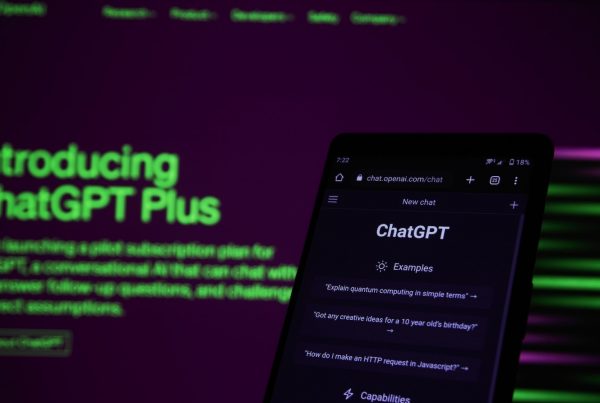Are you interacting with a communication agency for the first time? Trying to get a new website up or figure out the message for your brochure? What are the right things to do and what are the pitfalls to avoid? We discuss some of them here.
“I want something nice, attractive, high-quality, which meets industry-standards, is on par with global brands… ”
Stop! There are times when you can get away with being vague. But meeting a creative agency for communication support is not on that list.
Before you meet a communication team, it helps to do your homework and think through a few points. You’ll have concrete inputs to give the team and a clear direction for the discussion to follow.
1. What does your brand/ enterprise do?
Be clear about your brand’s business and communicate it clearly. Think of the answer before a meeting – you’ll save the time needed to search for it during the conversation. In an impromptu answer, you may miss essential points, which could make a difference to the brief.
2. Who is the target audience for the offerings?
Young, old, educated, super-rich, city-dwellers, country-folk… describe one member of this target audience clearly. What are his/ her likes and dislikes, attitudes, characteristics, and the potential need for your offering?
3. How do you want them to perceive your brand?
Are you a friendly brand? Do you want to be aspirational? Cool and funky? Communication – from the logo colours to your brochure content – is often built around the basics a brand stands for. For instance, rich shades of purple and silver suit a luxury brand more than a friendly supermarket.
4. Who are your competitors?
Sometimes, it’s easy to understand what you do by understanding who your competitors are. Think of brands that are similar to yours – point out what’s common and different between your businesses.
5. What form of communication support do you need?
Website content, a logo design, a communication plan – what do you need? The more precisely you define your requirements, the easier it is to nail-down the deliverables, timelines and budgets.
6. Any examples of the communication you like?
Spend time looking up examples – it could be the witty tone in a brochure, the lively feel of a website, or the fresh colours of logo. A concrete example is more effective than a page full of descriptive words and provides a starting point for the agency’s thought process.




Dear Team WriteClick,
Thank you for this information. A lot of people I know will benefit from this article you have penned down.
Regards
Navnith.
Glad to know you find the article helpful, Navnith.
That’s the idea – to share what we know and help more people understand the communication/ creative work process.